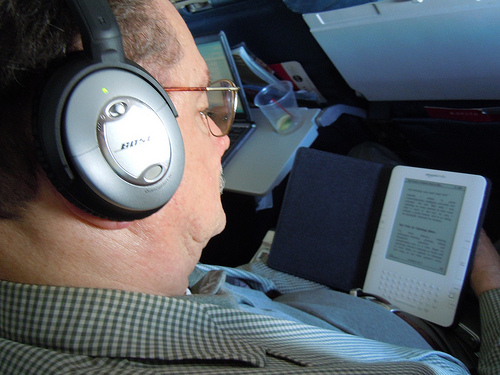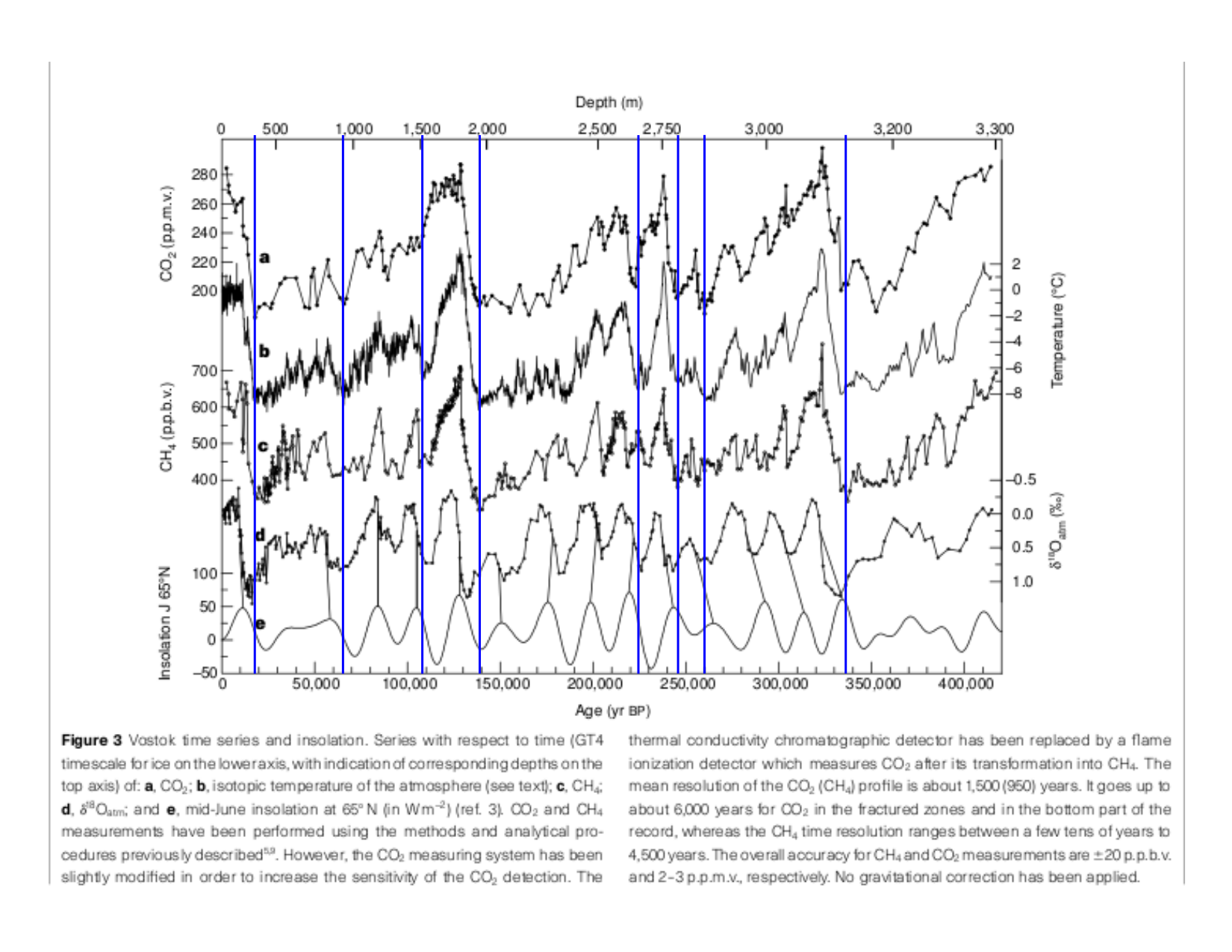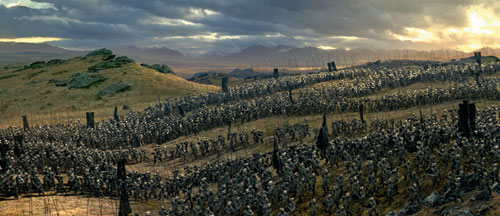If you weren’t at SLAC this afternoon, then you missed a great colloquium. Art Rosenfeld, the Commissioner of the California Energy Commission, gave a presentation on how standards are a leading effort in the fight for energy efficiency and CO2 reduction. He was a charming man, whose dedication to the data was refreshing. He’s worked long and hard to bring the U.S. into a situation where standards are used to improve appliances, cars, and power plants in an effort to make optimal use of our technology and our energy. His talk is available from his website, “http://www.energy.ca.gov/2007publications/CEC-999-2007-005/CEC-999-2007-005.ppt”:http://www.energy.ca.gov/2007publications/CEC-999-2007-005/CEC-999-2007-005.ppt
Rosenfeld was Commissioner under the Davis administration (D), and holds the same position under the current Schwarzenegger administration (R). This bi-partisan recognition of his experience and approach gave him a lot of instant credit in my own mind, and his presentation delivered on that credit. I can’t summarize the whole thing now, but basically he stressed that he is pleased to see the media and politicians finally taking human-induced climate change seriously. For instance, he noted that each of dozens of major new magazine have featured this issue as a cover story in the last year, unprecedented in all the years that this issue has been recognized as a scientific reality. He was no fan of the Reagan administration’s abandonment of the tough car standards that worked in the wake of the 70s OPEC oil embargo, and no fan of the Clinton administration’s weak hand on CAFE standards for vehicles (then carried over into the current Bush presidency).
One thing that struck both me and Jodi was his optimism for the power of standards to curb our energy appetite while still allowing us to enjoy technological growth. One plot I really enjoyed was the plot of the average energy used per unit sold in refrigerators. The use spikes in 1972, but then the energy crisis hit and standards for energy use came into place. The usage drops back down to 1955 levels by 2002, **despite the fact that the volume of the units continues to increase**. That is, although refrigerators got bigger on the inside, they use no more energy than they did in 1955. This was a testament not only to the power of technology, but to the headroom in all these appliances. We can have our spacious fridge, but at no cost to the energy supply.

The take home message? Energy efficiency is a critical component in reducing CO2 output, but by no means exhaustive. We need alternative energies to coal and oil, and we need it soon. But we can try to be smart, and give incentives to industry to do so, while we make the really hard decisions about our energy supply.




